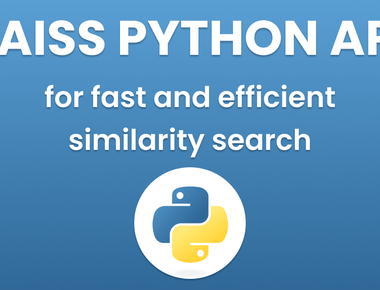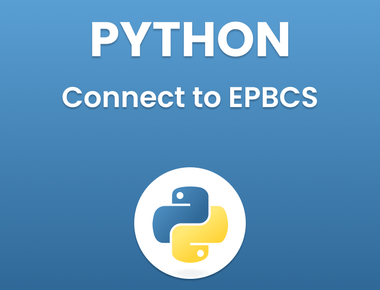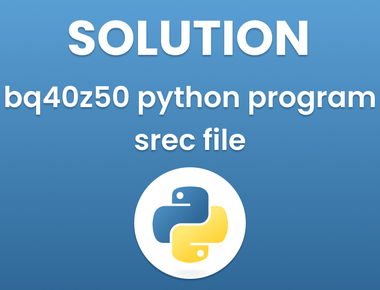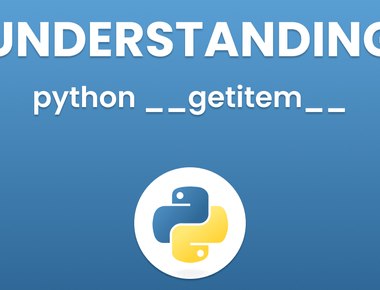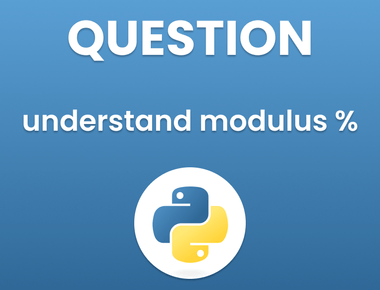Table Of Contents

Understanding List Comprehension in Python
List comprehension is a powerful feature in Python that allows developers to create new lists in a concise and efficient way. It is a syntactic construct that enables you to create a new list by iterating over an existing iterable object, such as a list or a tuple, and filtering or transforming its elements based on a specified condition.
List comprehension has become increasingly popular among Python developers due to its readability and its ability to simplify code. With list comprehension, you can perform complex operations on lists with just a few lines of code.
One of the key benefits of list comprehension is that it allows you to write more Pythonic code. Python is known for its readability and simplicity, and list comprehension is a great way to make your code more expressive and easy to understand.
What is List Comprehension?
List comprehension is a syntax construct in Python that allows you to create a new list based on an existing list or other iterable. It consists of a single line of code that uses a compact and intuitive syntax to generate a list by filtering and transforming the elements of an existing list or other iterable. It is a concise and elegant way to create lists that can save time and reduce the amount of code you need to write.
How Does List Comprehension Work?
The basic syntax of list comprehension consists of three parts: the output expression, the input sequence, and an optional condition. The output expression is the expression that generates the new list, the input sequence is the sequence of elements that are used to generate the new list, and the optional condition is a filtering expression that selects which elements of the input sequence are used to generate the new list.
Here’s an example of a simple list comprehension in Python:
squares = [x ** 2 for x in range(10)]
In this example, the output expression is `x 2**, which generates the square of each element in the input sequence. The input sequence is **range(10)`**, which generates a sequence of integers from 0 to 9. The result of the list comprehension is a new list that contains the squares of the numbers from 0 to 9.
Here’s another example that uses a conditional expression:
evens = [x for x in range(10) if x % 2 == 0]
In this example, the output expression is x, which generates each element in the input sequence that satisfies the condition x % 2 == 0. The input sequence is range(10), which generates a sequence of integers from 0 to 9. The result of the list comprehension is a new list that contains only the even numbers from 0 to 9.
Here’s an example to illustrate the power of list comprehension:
Suppose you have a list of numbers and you want to create a new list that contains only the even numbers from the original list. Without list comprehension, you might write code like this:
numbers = [1, 2, 3, 4, 5, 6, 7, 8, 9, 10]even_numbers = []for num in numbers:if num % 2 == 0:even_numbers.append(num)
However, with list comprehension, you can achieve the same result in a much more concise and elegant way:
numbers = [1, 2, 3, 4, 5, 6, 7, 8, 9, 10]even_numbers = [num for num in numbers if num % 2 == 0]
In this example, the new list is created using the syntax [expression for item in iterable if condition]. The expression defines what you want to do with each item in the iterable, while the condition filters the items that should be included in the new list.
List comprehension can also be nested, allowing you to perform more complex operations on nested lists. For example, suppose you have a list of lists and you want to create a flattened list containing all the elements from the nested lists. You could achieve this with nested list comprehension like this:
nested_lists = [[1, 2, 3], [4, 5, 6], [7, 8, 9]]flattened_list = [item for sublist in nested_lists for item in sublist]
In this example, the nested list comprehension is [expression for sublist in nested_lists for item in sublist]. The expression takes each item in the sublist and adds it to the flattened list, which is created by iterating over each sublist in the nested_lists.
Why Use List Comprehension?
List comprehension provides several benefits over traditional looping constructs, such as for loops or map() functions. Here are some reasons why you might want to use list comprehension in your Python code:
- Readability: List comprehension can make your code more readable by reducing the number of lines of code and eliminating the need for temporary variables.
- Conciseness: List comprehension can make your code more concise by allowing you to express complex operations in a single line of code.
- Efficiency: List comprehension can be more efficient than traditional looping constructs because it avoids the overhead of function calls and temporary variables.
- Flexibility: List comprehension can be used to perform a wide range of operations on lists and other iterables, including filtering, mapping, and flattening.
Best Practices for Using List Comprehension
Here are some best practices for using list comprehension in your Python code:
- Keep it simple: List comprehension can be powerful, but it can also be difficult to read and understand if it is too complex. Keep your list comprehensions simple and concise to make your code more readable.
- Use descriptive variable names: Use descriptive variable names for your input sequence and output expressions to make your code more self-documenting.
- Use conditional expressions sparingly: Conditional expressions can make your list comprehension more powerful.
Conclusion
In conclusion, list comprehension is a powerful feature in Python that can help you write more concise, expressive, and Pythonic code. With list comprehension, you can perform complex operations on lists with just a few lines of code, making your code more efficient and easier to understand.
If you want to learn more about list comprehension and other Python features, there are many resources available online. Keep practicing and experimenting with different Python techniques, and you’ll be on your way to becoming a proficient Python developer in no time.
Subscribe to our newsletter!
Related Posts
Quick Links
Legal Stuff
Social Media



